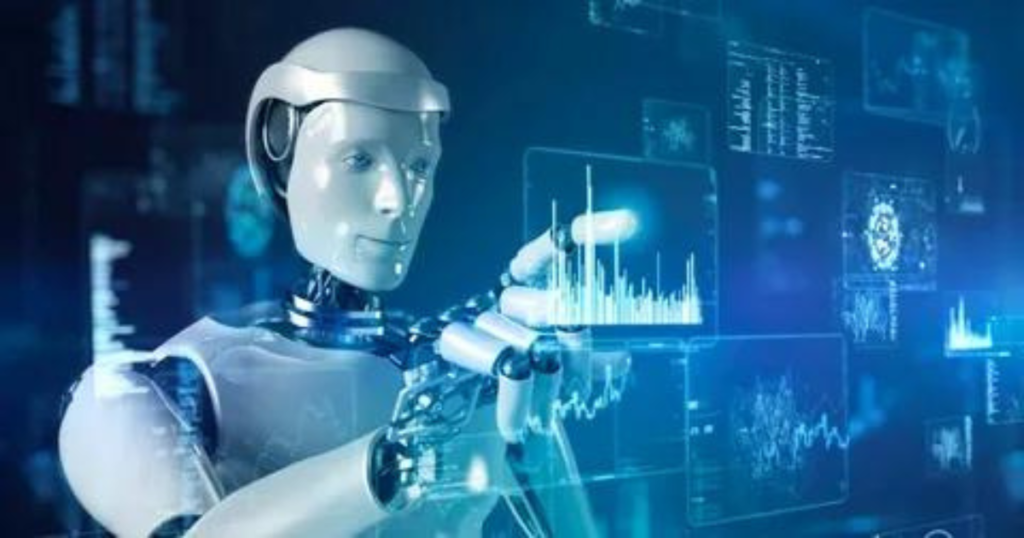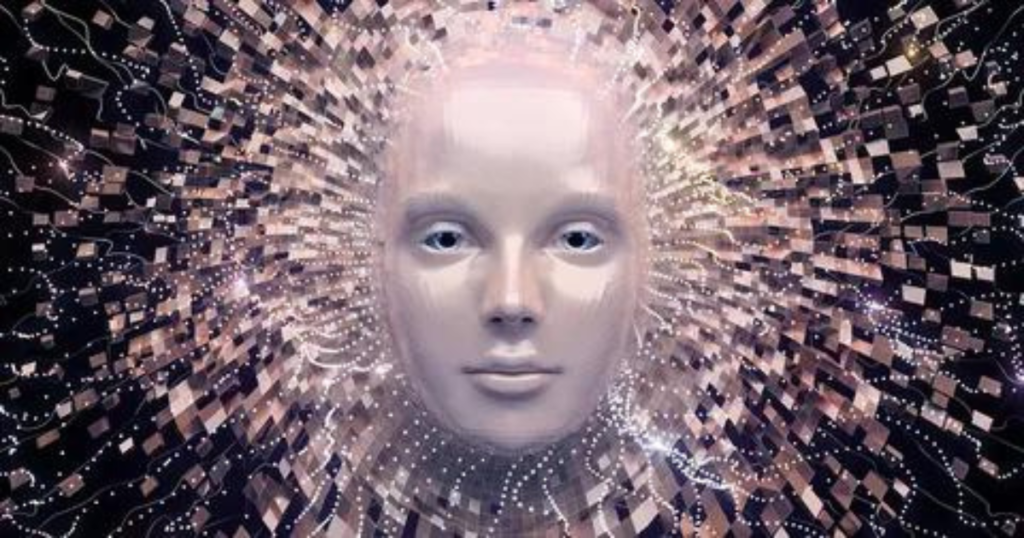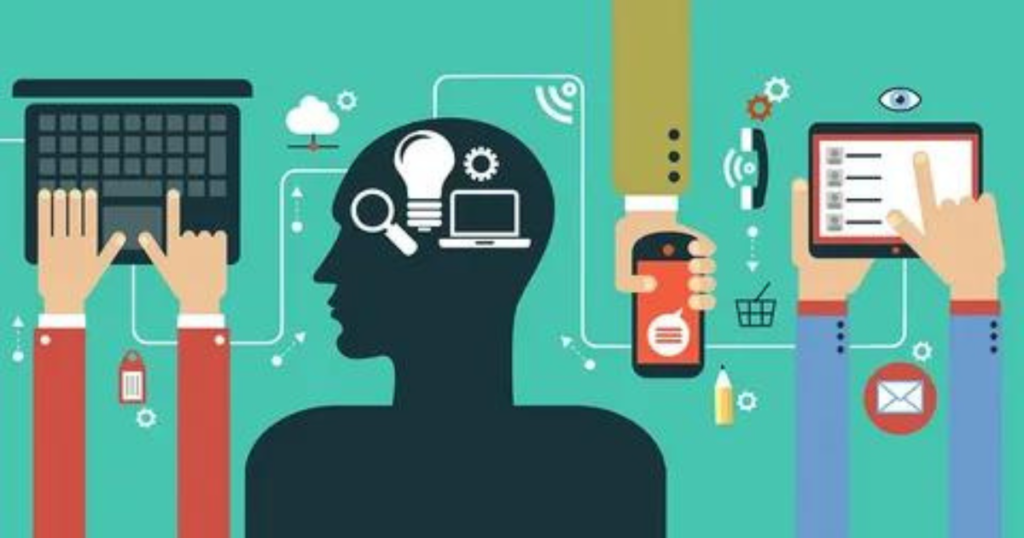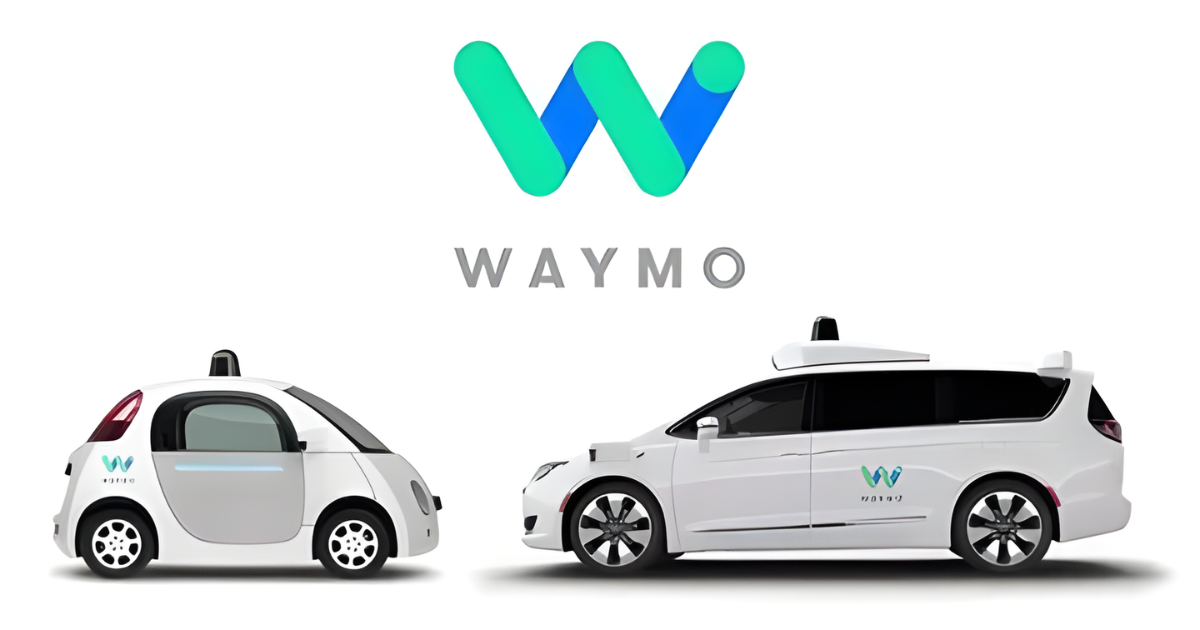Introduction:
Dive into the fascinating world of AI with Digital News Planet! Learn everything about its definition, applications, courses, and impact on computers. Easy to understand and comprehensive, this guide is your ticket to understanding the future.
Read More: Digital News Planet
What is Artificial Intelligence?
Artificial intelligence (AI), a term that once belonged to science fiction, is now rapidly weaving itself into the fabric of our daily lives. From your smartphone’s virtual assistant to self-driving cars and medical diagnosis tools, AI’s presence is undeniable. But what exactly is it?
In its simplest form, “AI is the ability of machines to exhibit intelligent behaviour, such as learning, problem-solving, and decision-making, in ways that mimic or surpass human capabilities.” This intelligence isn’t just about crunching numbers; it’s about understanding complex patterns, adapting to new situations, and even generating creative content.

Best Definition of Artificial Intelligence:
There are many definitions of AI, each highlighting different aspects of its vast potential. But perhaps the most fitting one comes from John McCarthy, the renowned computer scientist who coined the term itself:
This definition captures the essence of AI – its focus on building machines that can think and act like humans, and its reliance on computer science as the primary tool for achieving this goal.
Understanding AI in Simple Words:
Imagine a chess-playing computer that doesn’t just follow pre-programmed moves. Instead, it analyzes the board, anticipates your next move, and strategizes accordingly. Or picture a medical AI that sifts through vast amounts of patient data to identify disease patterns and suggest optimal treatment plans. These are just glimpses of the power of AI, a technology that doesn’t simply mimic human intelligence but also learns and evolves on its own.

Exploring AI through Courses and Apps:
The rapid advancements in AI have sparked a surge in learning resources. If you’re curious to delve deeper, numerous AI courses are available online and in universities, catering to beginners and experts alike. Platforms like Coursera, edX, and Udacity offer comprehensive courses on various AI subfields, such as machine learning, natural language processing, and computer vision.
For a more hands-on approach, consider exploring the world of AI apps. From virtual assistants like Siri and Alexa to language translation tools and image recognition apps, there’s an AI app for practically every imaginable task. Experimenting with these apps is a fun and accessible way to experience the practical applications of AI in your daily life.
The Impact of AI on Computers:
The relationship between AI and computers is symbiotic. On one hand, computers provide the necessary hardware and software infrastructure for AI algorithms to function. On the other hand, AI itself is revolutionizing the way we interact with computers. Imagine interfaces that anticipate your needs, learn your preferences, and adapt to your unique way of working. This is the future that AI promises, a future where computers become intelligent companions, not just passive tools.

Further Resources:
To quench your thirst for AI knowledge, here are some valuable resources:
- Digital News Planet’s AI Articles: Stay updated with the latest news and insights on AI developments through Digital News Planet’s dedicated AI section.
- Websites: Popular websites like OpenAI, MIT Technology Review, and Stanford’s AI100 offer in-depth articles, podcasts, and research papers on various aspects of AI.
- Books: Dive deep into the world of AI with books like “Superintelligence” by Nick Bostrom, “Life 3.0” by Max Tegmark, and “Artificial Intelligence: A Modern Approach” by Stuart Russell and Peter Norvig.
Conclusion:
Artificial intelligence is no longer a futuristic fantasy; it’s woven into the fabric of our present, shaping our lives in ways both subtle and profound. From the convenience of virtual assistants to the life-saving potential of medical AI, the opportunities and challenges posed by this groundbreaking technology are immense.
Is AI dangerous?
AI’s potential for harm, such as in autonomous weapons or biased algorithms, cannot be ignored. However, it’s crucial to remember that AI is a tool, and like any tool, its impact depends on the intentions and actions of its creators and users.
Will AI take over our jobs?
While automation driven by AI will undoubtedly change the job market, it’s not all doom and gloom. New opportunities will emerge as existing jobs evolve, requiring creativity, critical thinking, and collaboration skills that AI cannot replicate.
Can AI become conscious?
This is one of the biggest questions in AI research, with no definitive answer yet. While some advancements in artificial general intelligence (AGI) are being made, true consciousness still needs to be discovered.
How can I get involved in AI?
Even without a background in computer science, there are ways to get involved in AI. From participating in citizen science projects to advocating for responsible AI development, your voice
What is artificial intelligence (AI) with an example?
Artificial intelligence (AI) is the ability of a machine to mimic intelligent human behaviour. This includes learning, problem-solving, and decision-making. Unlike traditional computer programs that follow pre-defined rules, AI systems can adapt to new situations and make choices based on their own experiences.
Here’s an example: Imagine you’re playing chess against a computer. A traditional chess program would evaluate all possible moves and choose the one that leads to the best outcome. An AI chess program, however, would consider not only the current board position but also your past moves, playing style, and even psychological factors to predict your next move and strategize accordingly. This ability to “think” for itself is what sets AI apart from traditional computing.
What are the four types of AI?
There are many different ways to categorize AI, but one common approach is to divide it into four main types:
Reactive AI: This type of AI reacts to the environment in real time but does not have any memories or long-term goals. Examples of reactive AI include chatbots that answer questions based on keywords or self-driving cars that adjust their speed based on the distance to the car in front.
Limited Memory AI: This type of AI can learn from past experiences and use that knowledge to make better decisions in the future. Examples of limited memory AI include recommendation systems that suggest products or movies based on your past purchases or viewing history and spam filters that learn to identify unwanted emails.
Theory of Mind AI: This type of AI is still in its early stages of development, but it aims to understand and predict the thoughts and intentions of others. This would allow AI systems to interact with humans in a more natural and meaningful way.
Artificial General Intelligence (AGI): This type of AI is the ultimate goal of AI research, and it involves creating machines that are as intelligent as or even more intelligent than humans. AGI is still a long way off, but some experts believe that it could be achieved within the next few decades.
What exactly does AI mean?
AI stands for “artificial intelligence.” It refers to the intelligence displayed by machines, as opposed to the natural intelligence displayed by humans and animals.
What is AI used to explain?
AI can be used to explain a wide range of things, from the patterns in data to the way the world works. For example, AI can be used to:
Analyze medical data to identify diseases and recommend treatments.
Predict the weather and other natural phenomena.
Develop new materials and drugs.
Translate languages.
Write creative content, such as poems, code, scripts, musical pieces, emails, letters, etc.
The possibilities for using AI to explain the world are endless. As AI technology continues to develop, we can expect to see even more innovative and powerful applications emerge.





